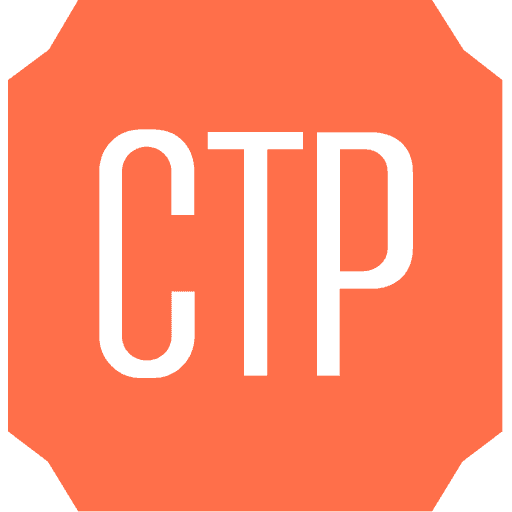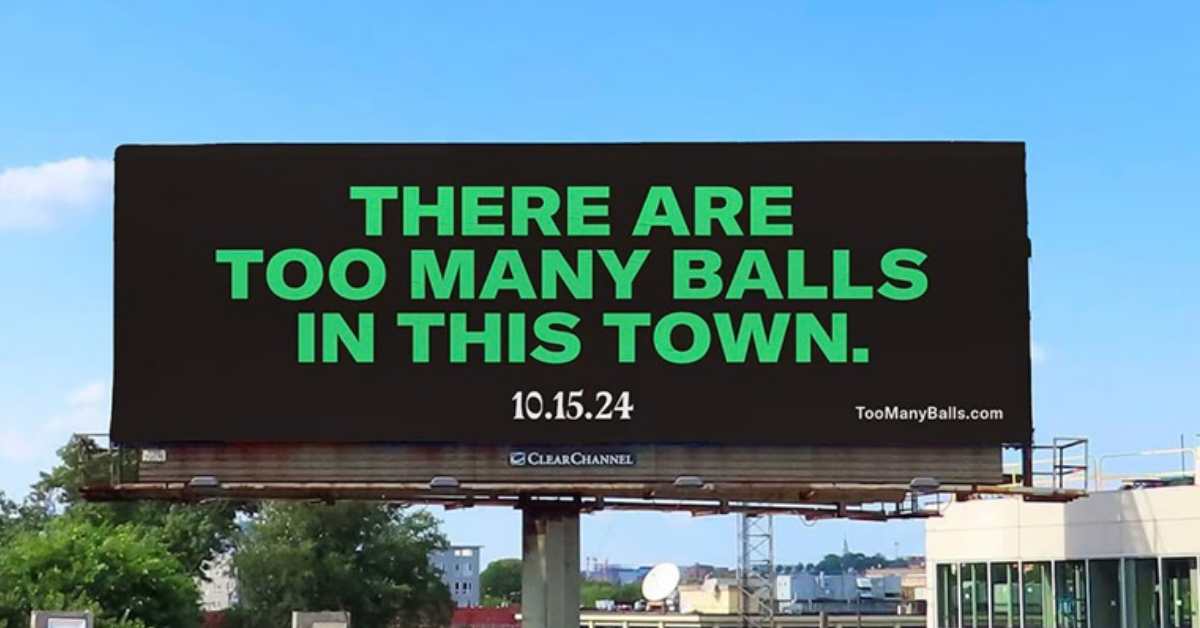This is the five-million, thirty-thousand, seven-hundred and first blog published today on WordPress (at least according to WorldOMeter). About the one-hundred and fifty millionth written this month. This doesn’t include anything published on Medium. And never mind the million or so hours of video uploaded from YouTube–today.
In other words, it’s a bit crowded out there. Quite a challenge to seize attention and sustain some level of engagement.
That’s not meant to intimidate or discourage, but rather to emphasize the need to develop content that has clear purpose—content that’s built to be found by those who are searching for it.
As brands strive to stay engaged with customers during this unprecedented time, let’s explore a critical organic consideration: SEO. The right content, right channel, right audience, and right time are important, but don’t forget that at all hours of the day, users are actively searching for your content. Be sure to position your posts such that users can actually find them.
We encourage you to think about your blog posts as nothing more or less than quality organic content inspired by the interests of your target audience to inform and encourage no-pressure engagement.
Here’s our cheat sheet to developing quality, SEO-guided content:
-
Start with Audience
First, think about what your audience wants to hear about—not just what you want to write about. This means research: leverage tools like SEMRush, Moz, and Google Trends to help you discover what your audience is looking for. These tools can open a treasure chest of keywords, trending topics, related searches, and frequently asked questions.
-
Insert the Keys
After completing a draft of a blog, further distill the topic down to 2-3 keyword phrases.
- Google each keyword phrase and see if there are more common/popular versions of the keyword phrase on the first page of search results
- If you can find spots to naturally integrate the target keywords, shoot for no more than two placements per keyword, and if you can use a keyword as anchor text, that’s a bonus (see more on anchor text below).
-
Get Meta
It’s important to consider your metadata. The title tag and description offer users a preview of your content within search—this is a place to maximize visibility and click-through.
- Title Tag:
- Stay under 65 characters, including a brand tag
- The simplest title tag would be the title of the blog post, but if it goes over the character count, edit it down to avoid the dreaded ellipses in search
- Description:
- Shoot for 80-150 characters
- 1-2 complete sentences, possibly repurposing some copy that’s already on the page—it’s basically a quick abstract/summary
-
Do Judge a Book by Its Cover
Or, in this case, its title. Look for a winning combination of article relevance, timeliness, audience hook, and target keyword usage—it may make sense to try to keep titles under 50 characters so they can be used as the title tag without editing.
-
Create Connections
Shoot to include at least two internal links within each blog—these are links to other blogs or pages on your domain. This promotes healthy site circulation, as users may be intrigued by the text in an embedded link and want to know more. Before long, a user could seamlessly snake their way through five or more of your blog posts just by following the links. Following embedded links is a far more natural engagement behavior than clicking on a “similar articles” slider below or beside the blog post.
The Nielsen Norman Group conceptualizes web users as “beasts in the jungle” who are ever foraging for information. Readers who are confronted with embedded links while they’re in the heat of the action—the meat of the content—are more likely to graze for additional nutrition. Once an article is over, users may be more likely to let themselves sit back and digest, rather than deliberately choosing to engage with another article from the slider. Dessert? Nah, check please.
Also, don’t be afraid to add links out to other sites. If you’re talking about something on another site, be a good sport and show us where it is. As Google’s somewhat enigmatic webmaster John Mueller says: “if it adds value to your users, you should probably be doing it.”
-
Anchor It
Use thoughtful (but not over-optimized) anchor text for your links. Using a keyword for anchor text is great, but don’t use it as an anchor more than once per page – and never force it. Also avoid literalist language (e.g. “click here for…”), as users are smart enough to know where to click when they see a link.
Remember that with our content and SEO, we’re never trying to do anything tricky. The days of black-hat SEO, if not over, are waning—and the field is rigged with explosives. So keep your efforts simple, evocative, and focused, and let the above SEO blog best practices be your guide.





